A letter to the editor of the Hyde Park Herald this week argued that the very large lakefront park on the south side of Chicago, part of a complex of parks designed by Frederick Law Olmsted in 1869, should be renamed Obama Park for the presidential center that’s rising there. It pointed out, as many have done even before the OPC was even sparkle in the president’s eye, that the South Side of Chicago shouldn’t be celebrating Andrew Jackson, not with his slave-owning, Indian-removing, government-corrupting history. There are those who don’t like having the Obama Presidential Center in the park (for a range of reasons). There are those who just don’t like change. But the urge to rename the park has been simmering since it got named in 1881.
Before the 1930s, the parks were run by an independent taxing agency authorized by the state of Illinois called the South Park Commission. The area was still an independent suburb, not yet part of the city of Chicago. The western park and the park/boulevard that connects the two main parks had been easy to acquire through eminent domain and fair market prices for undeveloped land. The eastern park however ran into roadblocks, owners that were hard to trace or refused to sell, and it was held up in long court battles.
In 1880, Martin J. Russell became one of the commissioners. He’d served during the Civil War in the Irish Brigade. He was a newspaperman, city editor of the Chicago Evening Post and later the Chicago Times-Herald and eventually part owner of the Chicago Herald. The thing is, those papers were pro-Democrat, which still carried the stench of being anti-Lincoln, pro-Secession, and pro-slavery. Russell though was labeled “not very partisan” by the Inter Ocean, a decidedly pro-Lincoln Republican newspaper. He lived in Hyde Park, a hot bed of Lincoln Republicans and reformers. He served multiple terms as the Hyde Park Village Clerk, winning re-election unanimously, running on the Independent Taxpayers ticket. He was a member of the Hyde Park Shakespeare Club and apparently made a memorable Romeo.
He seems to have been appointed to the South Park Commission in part because he would do the work the other commissioners didn’t really want to, in particular, taking the last holdouts in the eastern park to court so they could finally turn the sand dunes and swales into a proper park. Another one of the commissioners was itching to landscape the northern end they already controlled. John B. Sherman, founder of the Union Stockyard and its superintendent, had a brand-new son-in-law who could use the work—Daniel Burnham.
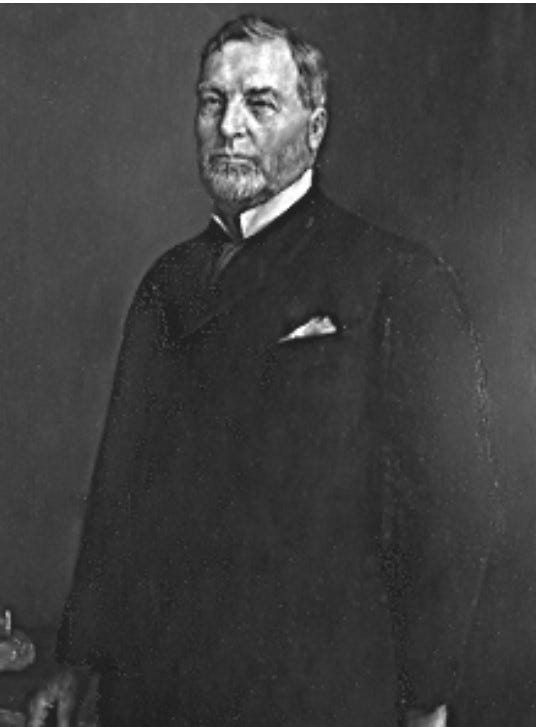
I’ve written before about Burnham’s very early handiwork in the park. The long-gone Pavilion, which was a huge success…
And the elegant Darrow Bridge, which needs preservation…
The Illinois Central Railroad celebrated the anticipated increase in traffic—it was after all one of the few ways at the time to enjoy the cool lake breezes—by building a new train station near the park entrance at 57th Street. There had been a stop there since the 1850s. The IC had a single track then, so the train had to turn around at a three-point turnout, which the IC placed at 57th Street, next to its wood pile for the old steam engines. It called the little log cabin the “Woodpile” station. As people moved into the village, the name wasn’t good for real estate values, so, with pressure, the IC changed the name to “Woodville.” In 1869, the legislature authorized the South Park System, in part to enhance the real estate value of the big investors, and the station was renamed “South Park Station.”
The new grand Victorian Gothic station, which included a restaurant good enough that locals ate there, had a grand opening. Speakers declaimed, music played, and the new sign was unveiled—a sign that said “Jackson Park Station.”
The local residents at the ceremony gasped. What was that? That was the first they knew that the South Park Commissioners had changed the names of the parks “for administrative purposes” to Washington in the West and Jackson in the East. Jackson and Democrats in general were a slap in the face of Hyde Park.
The Tribune was outraged. They ran an editorial on October 23, 1881:
The universal protest against the designation of the eastern portion of the South Park system as “Jackson Park” warrant some inquiry as to how this offensive partisan name came to be given to it. The South Park Commision consists now of Messrs. John R. Walsh, Bernard Callaghan, Martin Russell, John B. Sherman, and Paul Cornell. Paul Cornell is the only man on the board who is regarded as a Republican. Mr. Sherman, perhaps, is not a very good Democrat but it is understood that he rarely attends the meetings of the board. Messrs. Walsh, Callaghan, and Russell are all Democrats of the most pronounced character and control the board….Mr. Russell, the Auditor, is understood to run things as he pleases….Hence it is easy to understand how the name “Jackson” came to be given to one of the South Parks and why the people are in doubt whether it was called after Gen. Andrew Jackson, the sponsor of the spoils system in American politics, or after Gen. Stonewall Jackson, the idol of the Confederates.
The Tribune went on to suggest the only name that ranked as high as Washington (the name given to the western park) is Benjamin Franklin: “He was a scientist, a diplomat, a political economist, a statesman, and a patriot whose name will always give lustre to anything which it adorns.”
If the Tribune editor had looked in their own back issues eight months earlier, he might have noticed the single sentence buried in the back pages stating that John B. Sherman had made a motion to name the parks Washington and Jackson.
Russell was already under fire because as Auditor he was the commissioner who was handling the last of the land acquisition. There was a particularly recalcitrant group called the “Bowen gang” on the south end of the park. The editors of the Journal, a Republican newspaper, called Russell a “very shabby fellow,” for persecuting them. He was just “a hanger-on in the back rooms of the Times, who succeeded some months ago by pitiful appeals in coaxing … a recommendation for his appointment as a member of the South Park Commissioners.”
It’s probably worth noting that the Journal was the source of the anti-Irish claim that the Great Chicago Fire had been caused by Catherine O’Leary’s cow. Even if they had spotted the one sentence in the Tribune, it was no doubt a lot easier to blame the Irish newspaper man Russell than the Yankee head of the Union Stockyards Sherman for everything they didn’t like.
The outraged Hyde Park villagers petitioned the Illinois Central Railroad to change the name of the station. The president of the railroad agreed, and the name quickly went back to South Park Station. Apparently, the villagers couldn’t apply leverage on the independent park commission. For a while, the Tribune referred to the park as “the park that is known as Jackson Park” or used quotes around the so-called name, but after a year, the name stuck.
Of course, in a few short years, the name “Jackson Park” appeared around the world. Sherman’s son-in-law Burnham was directing the biggest show on earth. The World’s Columbian Exposition had been made possible because Martin J. Russell had managed to get all the rights straightened out. Because of the delay, the park was undeveloped and public, ready to be transformed. And part of the deal was that the fair had to finance the transformation of Jackson Park after the fair into a showpiece of park design created by Olmsted Sons.
After the park suffered decades of profound neglect, the OPC once more hopes to create it as a destination park. Still, there’s the problem of the name. Unfortunately, a lot of alternative names are already taken. Burnham Park, Olmsted Park (hmmm, I was told this wasn’t available that might have been wrong), Frederick Douglass Park, Sherman Park, Mahalia Jackson Park, and Paul Cornell Park are already in the system. We definitely don’t want to call it Columbus Park. Besides there already is one in the Chicago system. Obama is thankfully a living person, so that’s not a current option unless they change the rules.
Olmsted’s original drawing called at least part of it “Lagoon Plaisance.” Maybe it’s more restful to avoid the messiness of humans, though I wouldn’t mind if someone wanted to call it Ken Dunn Park.
Some humans are quietly great
Ken Dunn, iconic Hyde Park visionary, has died, leaving an enormous hole in the ecosystem of the South Side. I hope his passion and projects live on. This video is worth a watch.

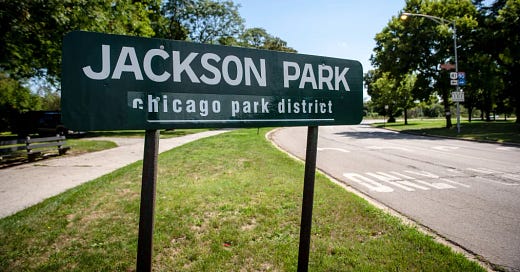



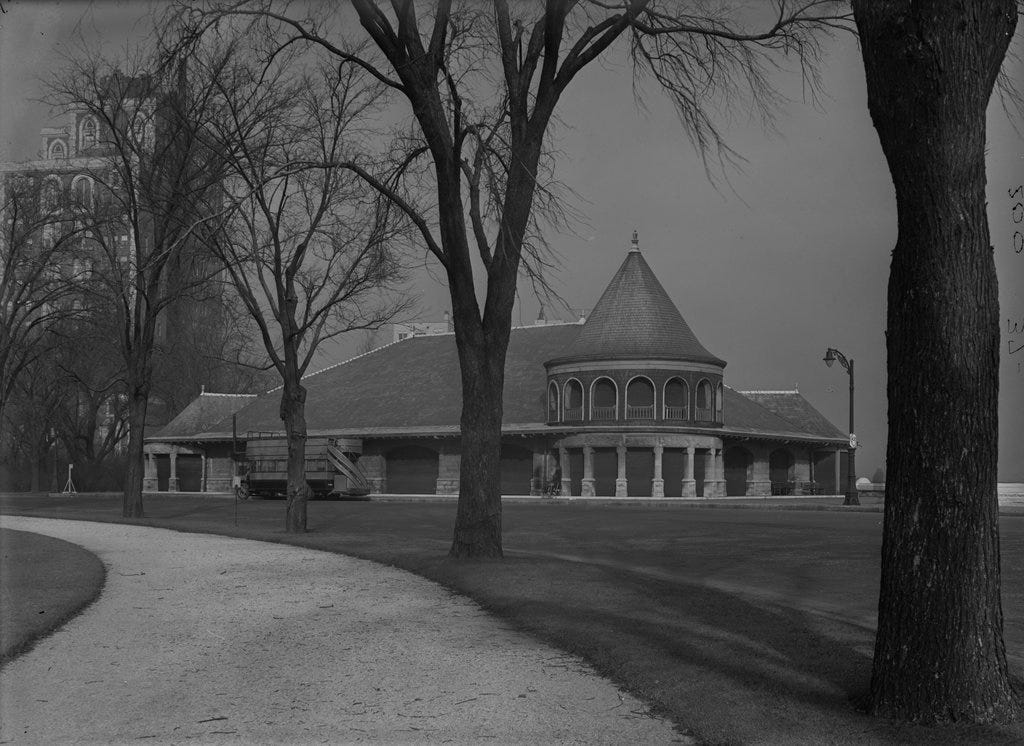
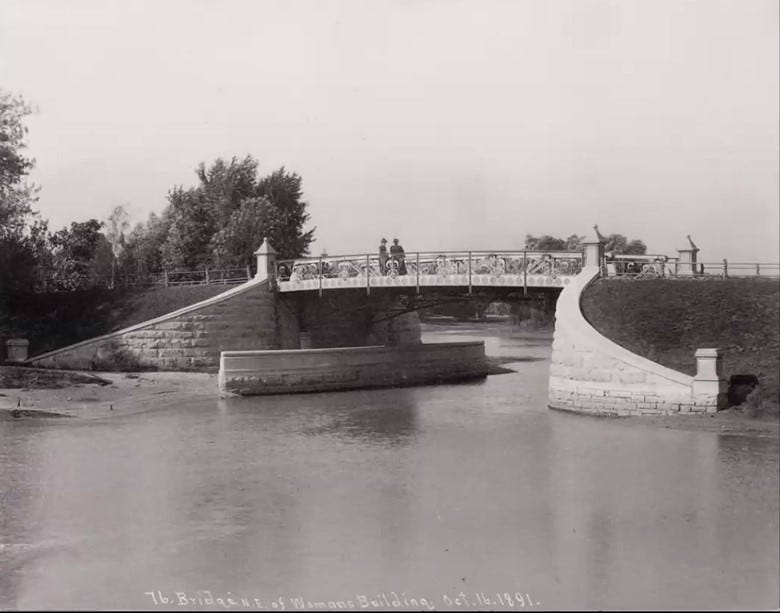
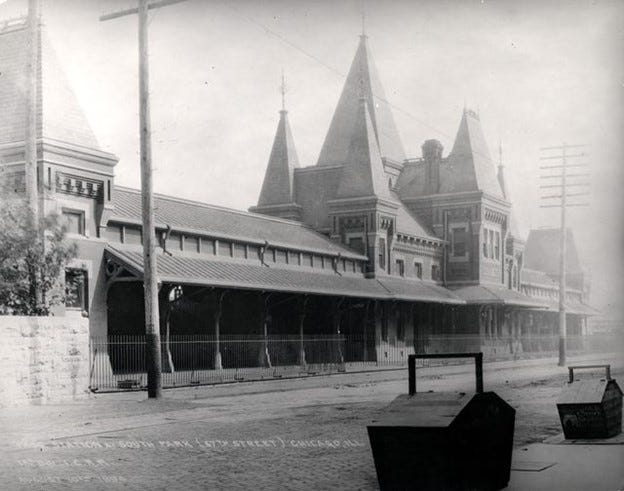
Wonderful history lesson, thanks!
Wonderful history lesson about my beloved park and neighborhood!